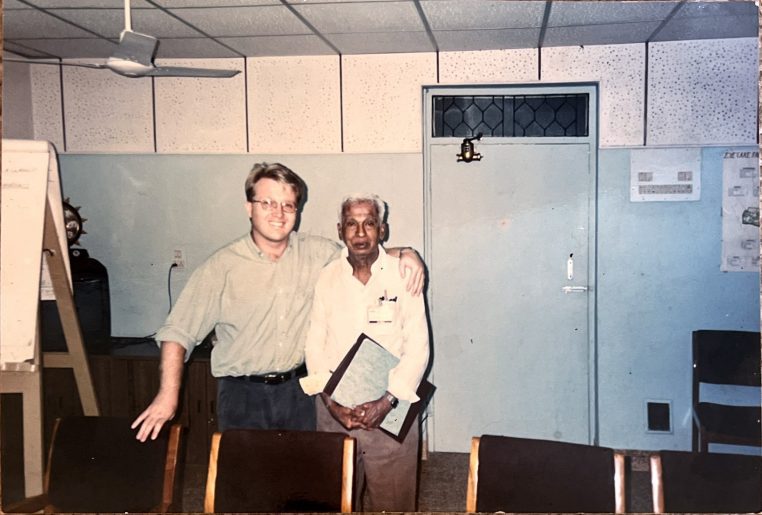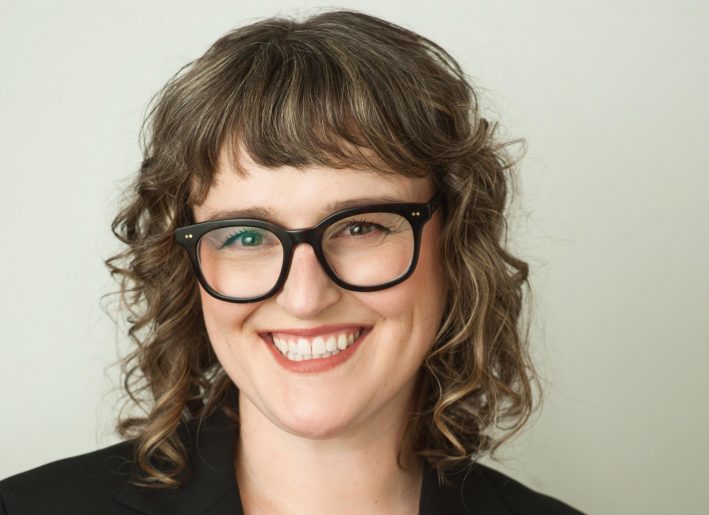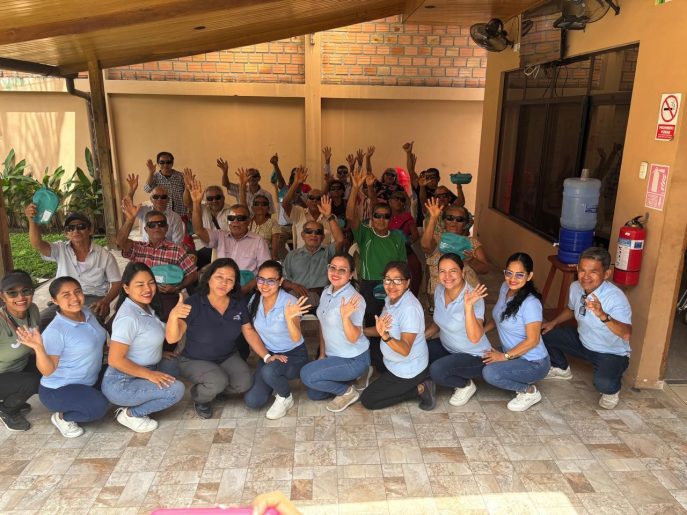In 2001, Seva Canada and KCCO published a ground-breaking study showing that 2/3 of the world’s blind are women, primarily because they are less likely to receive services compared to men. In many places, the disparity is even worse between girls and boys, and the inequity holds true for all treatable eye conditions, worldwide.
Since this publication, Seva Canada and KCCO have rigorously researched this topic and advocated among the international eye health community to reduce the burden of blindness on women.
We involved the World Health Organization and the International Association for the Prevention of Blindness. We produced papers, held international meetings, collected documentation from around the world and created special reports for academic journals. Our research pointed to the need for one challenging but simple change that would be the first step to getting women and girls the access to eye care they need and deserve:
Seva and all other eye NGOs had to stop counting just eyes and start counting women and men.
Seva and all other eye NGOs had to stop counting just eyes, and start counting women and men.
Once we knew how many women we were really helping we were able to develop strategies to break the barriers that women face, specific to the cultural context of each country where we work.
Seva Canada and KCCO have stressed to all our program partners the need to count women separately from men, and continue to advocate to other organizations to do the same. We’ve shared our knowledge of specific barriers women face in accessing services and studied strategies to overcome these obstacles to get the care they need.
Seva Nepal is an excellent example of this work in action, as Nepali women are going blind more often than men, but not for lack of eye hospitals. Here, it is an issue of access, and so our Nepali team has developed a growing number of programs that specifically target gender inequity, linking into existing networks of women to find those at risk of going blind. Female Community Health Volunteers in small villages are now given eye health education, which has proven extremely effective in connecting vulnerable women to available eye care services.
The result is that more women are getting eye care, earlier. They are being seen before they go blind. It is a tremendous victory for Nepali women.
Unfortunately, our gender work is far from done. We know that even within our own programs, some gender inequity persists. So, we plan to link our gender and eye care activities into broader health, education, equity, and poverty-reduction initiatives, to scale up this greatly needed work.
Together with our partners, we are committed to bridging barriers, sharing research, creating programs, connecting communities, and ultimately ensuring that no one, regardless of gender, needlessly loses their vision.
Nepal © Ellen Crystal Photography



